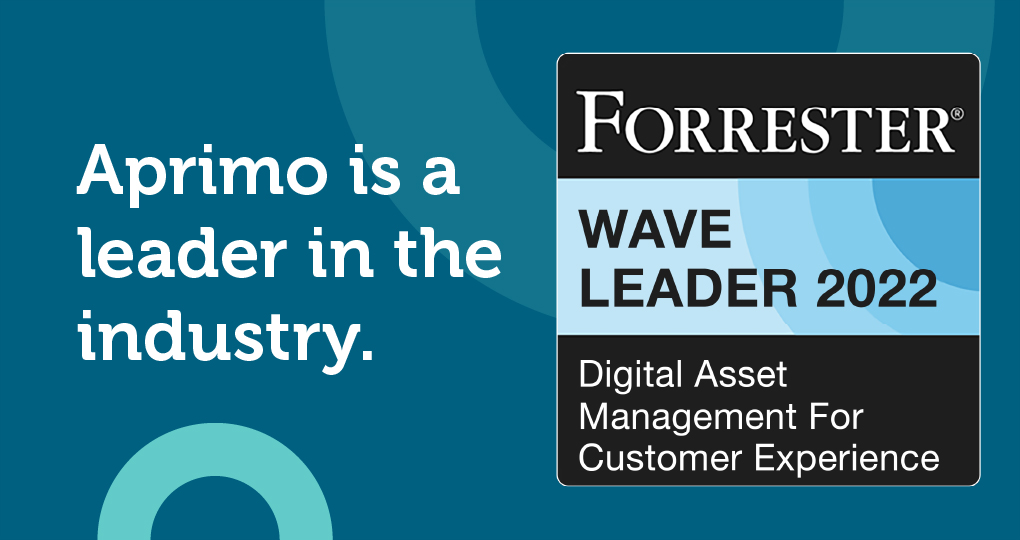DAM and Social Media: Leveraging Visual Content


DAM for Social Media Assets
Modern marketers have grown accustomed to moving at lightning speed, and they need a reliable set of tools that can keep up. Digital asset management (DAM) helps marketers navigate the ever-growing demands of social media by supporting consistent brand experiences via visual content creation, curation, and distribution.
Platforms like Instagram, Facebook, and X have become visual playgrounds where compelling images and engaging videos capture viewer attention. DAM is the unified platform to store, organize, and deploy visual assets seamlessly.
For example, when a multinational retailer launches a new product line, DAM makes it straightforward for teams to manage many high-quality images and promotional videos and create a consistent, striking presence across social channels. It’s not just about storage: DAM empowers marketing teams to track each visual asset’s performance. Picture an analytics-driven approach where insights from past campaigns inform the creation of future content that resonates better with the target audience.
Challenges in Managing Social Media Assets
Navigating social media comes with unique hurdles, especially when handling a brand’s online presence. One common challenge is the sheer volume of content generated daily. For a global e-commerce giant, coordinating and organizing countless product images, promotional graphics, customer testimonials, and similar assets across platforms can quickly become a logistical maze.
Another significant issue is the demand for real-time engagement. Social media thrives on immediacy, and brands must be agile in creating relevant and captivating visuals.
Version control is a perpetual headache. How can multiple team members collaborate on social media campaigns while guaranteeing everyone uses the latest and approved social media assets?
These challenges underscore the need for efficient DAM solutions to organize, access, and distribute social media assets. In a world where every tweet, post, or story is an opportunity, a well-implemented DAM system offers excellent advantages to brands that want to engage their audience on all fronts.


Benefits of Using DAM for Social Media Assets
DAM for social media streamlines the often lawless process of asset organization and retrieval. Imagine a marketing team handling a vast repository of visuals for a global campaign. A DAM allows them to efficiently tag, categorize, and retrieve assets with a few clicks, ensuring that the right visuals hit the right channels at the right time.
DAM brings impressive time and cost savings to the table. DAM minimizes the risk of unnecessary expenses associated with time wasted looking for assets, recreating missing items, or purchasing assets that may already exist within the organization. Consider a scenario where a fashion brand must repurpose visuals from a successful campaign for a new social media initiative. Without DAM, the process could entail hours of manual searching and potential recreating. With DAM, the assets are readily available, and teams can focus on strategic, creative endeavors instead of redundant tasks.
Key Features of DAM for Social Media Assets
Three game-changing features of DAM platforms, among others, are redefining how businesses handle their visual assets:
-
Metadata tagging plays a pivotal role. It acts like a detailed label for each asset so marketing teams can attach specific information like campaign details and usage rights. For instance, a food brand can tag its Instagram visuals with relevant metadata like “summer campaign,” facilitating easy tracking and repurposing for seasonal promotions.
-
Version control ensures consistency when multiple team members collaborate on social media assets. This feature guarantees that social media platforms consistently present the latest and most approved visuals.
-
User permissions act as a security measure to govern who can access and modify assets. DAM ensures that only authorized personnel can handle and distribute critical files, ensuring brand integrity and compliance.
Together, these features make DAM an indispensable tool for efficient social media asset management. They foster precision, collaboration, and security in the dynamic digital marketing landscape.


Best Practices for DAM in Social Media
Organizations wanting to implement DAM for social media asset management should follow best practices to enhance effectiveness. Unsure where to start? Consider the following tips:
-
When each asset is tagged with relevant and consistent metadata, search and retrieval are a cinch. For instance, a fashion retailer might use metadata tags like “season,” “product type,” and “campaign” to swiftly locate and repurpose visuals for different marketing initiatives.
-
A clear folder structure and categorization help teams to quickly identify and share the right content. For example, an intuitive organization for a travel company might look like grouping destination visuals by region and activity to shorten the process of creating targeted social media campaigns.
-
Educating team members on the nuances of the digital asset management system empowers them with the knowledge and skills to navigate and leverage the solution’s features effectively.




